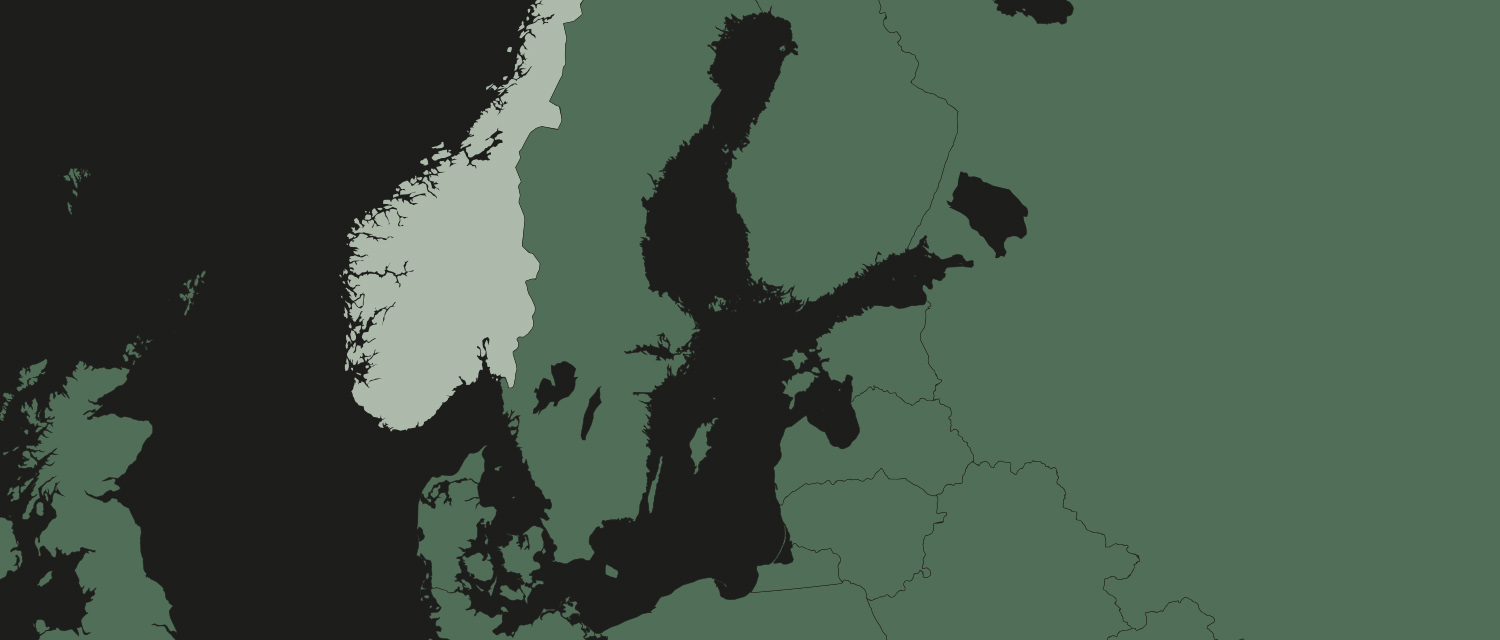The island of Björkö in Lake Mälaren is home to one of Sweden’s most famous archaeological sites, Birka. This Viking Age trading centre was probably founded in the middle of the 700s and abandoned at the end of the 900s.

Among the finds in Birka's harbor are a couple of carved pieces of wood. Probably, they sat along the opening in a cloth bag, a kind of purse. Photo: Anneli Karlsson, SMTM
The island of Björkö in Lake Mälaren is home to one of Sweden’s most famous archaeological sites, Birka. This Viking Age trading centre was probably founded in the middle of the 700s and abandoned at the end of the 900s.
At its peak, close to 1,000 people probably lived in Birka, and its harbour was bustling with merchant ships from near and far. The merchants exchanged silver, beads, slaves, ceramics and exclusive fabrics for goods like iron, antlers and furs.
More systematic surveys of Birka were initiated in the early 1870s by Hjalmar Stolpe. Stolpe was actually looking for amber, but also examined a large number of graves on the island. By taking bottom samples using a dredging bucket, he also found that the waters contained traces of human activity.
Archaeological excavations on land have mainly focussed on Svarta Jorden, the area where the urban settlements were located, as well as the surrounding burial area.
In the late 1960s and early 1970s, the first surveys of Birka’s harbour started up using modern diving technology. Maritime archaeologists then discovered a 300-metre-long row of stakes, probably part of the city's defences. Through an analysis of the tree rings from the stakes’ wood, they could be dated to the Viking Age.
From 2004 to 2014, maritime archaeologists regularly conducted surveys in Birka’s harbour. The objects found reflect a variety of activities linked to boats as well as the inhabitants of the city.
